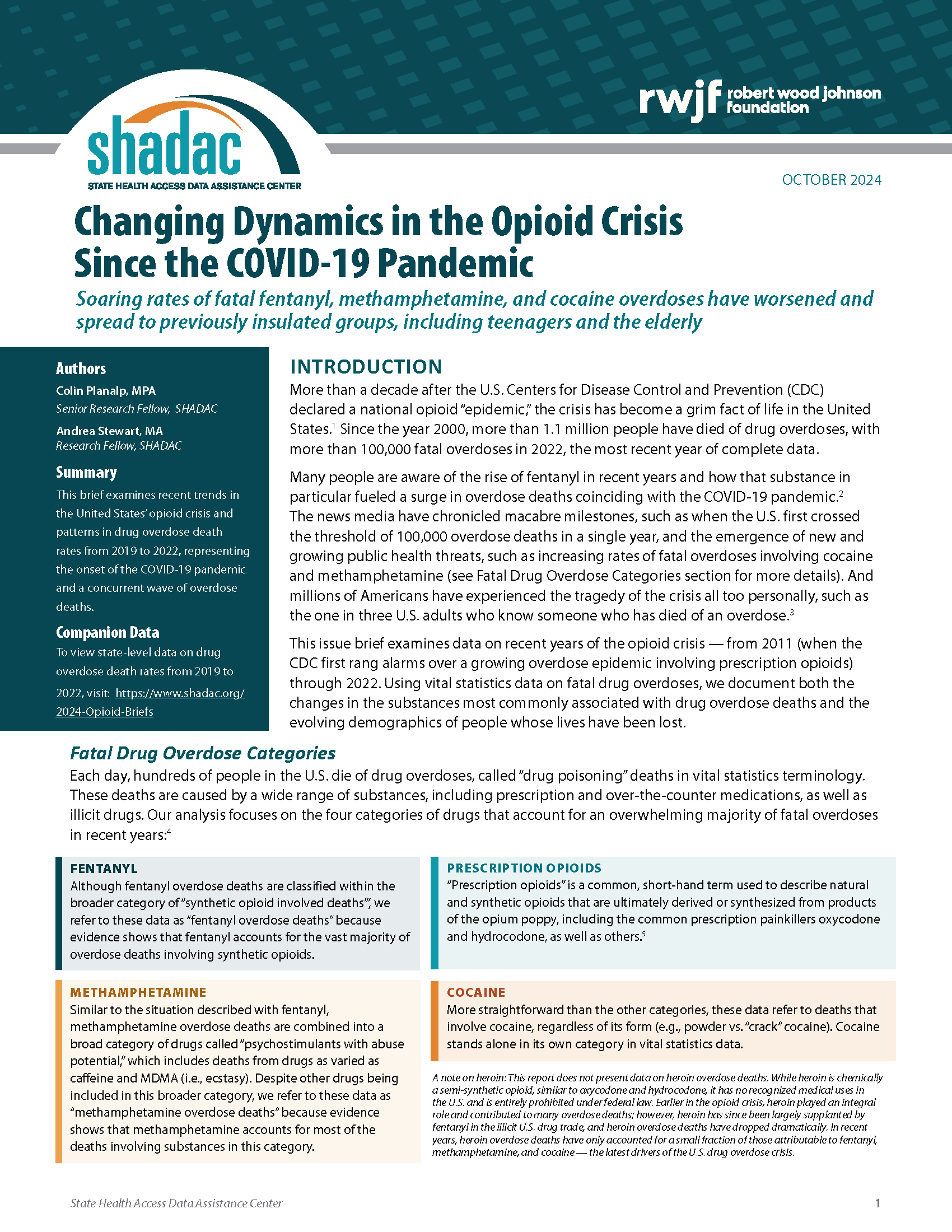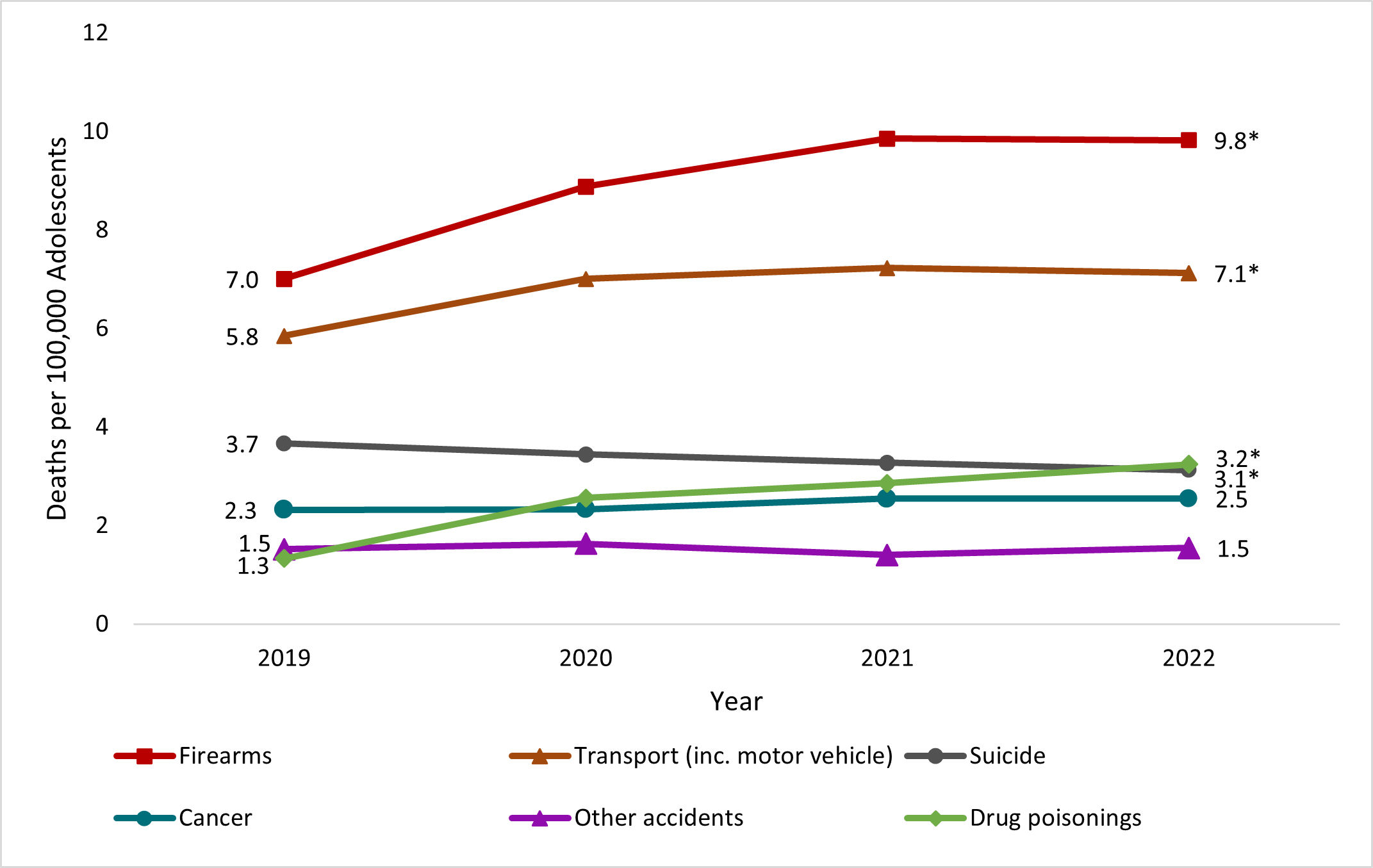Prescription opioid painkiller sales in kilograms per 100,000 people, oxycodone and hydrocodone
Measure Overview
Opioid painkillers are powerful prescription medications used to manage severe and chronic pain. Despite the intended benefits of these drugs—including providing relief to individuals who are injured or recovering from surgery—opioid painkillers are highly addictive and can cause life-threatening health problems such as opioid dependence and overdose. Tracking prescription opioid sales can help identify which geographic areas and demographic populations are at increased risk of opioid-related health problems and potential overdose deaths, and can inform policy initiatives aimed at combating the opioid epidemic in the United States.
State Health Compare provides annual, state-level rates of prescription opioid painkiller sales beginning in the year 2000. These rates can be broken down by two of the most commonly prescribed types of opioids: hydrocodone and oxycodone (also known by the brand names “Vicodin” and “Oxycontin,” respectively) and are drawn from the U.S. Drug Enforcement Agency's Automated Reports and Consolidated Ordering System (ARCOS) Retail Drug Summary Reports.
Generate customized graphics using this data by selecting one of the options below.
Related Products

Changing Dynamics in the Opioid Crisis Since the COVID-19 Pandemic
In this new brief from SHADAC, we examine changes in drug overdose death rates, and the types of drugs that cause these fatal overdoses, during the pandemic period (2019-2022). We also look at the history of the opioid epidemic: its beginnings, factors that influenced its evolution, and what it looks like now.

During the Pandemic, Drug Overdoses Became the Third Leading Cause of Death for U.S. Adolescents
From 2019 to 2022, the rate of fatal drug overdoses among U.S. adolescents (age 13-17) more than doubled — increasing from 1.3 drug overdoses deaths per 100,000 adolescents to 3.2 drug overdose deaths per 100,000 adolescents. With that change, drug overdoses became the third leading cause of death among U.S. adolescents in 2022, following firearm injuries and transportation-related injuries (e.g., automobile collisions).
